Drive Safely in Maryland

Maryland’s highways are among the finest and safest in the nation.
You can help keep our roadways safe by doing the following each and every time you hit the road:
- Stay alert; park the phone.
- Stop for pedestrians—Maryland law requires motorists to stop for pedestrians in crosswalks and intersections.
- Follow all traffic signals; use caution when turning at intersections.
- Stop at stop signs and for school buses.
- Obey the speed limit. Speeding only makes it more difficult to stop unexpectedly.
- Enter and exit driveways slowly looking for pedestrians behind your vehicle.
- Allow 3 feet when passing bicyclists.
- Show courtesy to other drivers, pedestrians and cyclists.
- Don't drive aggressively.
To commemorate Crash Responder Safety Month, the State Highway Administration is hosting Thank a Safety Responder Day on Saturday, November 16, 2024, from 11 a.m. to 3 p.m. Join us and meet crash responders, explore their vehicles and equipment. For more information, contact [email protected].
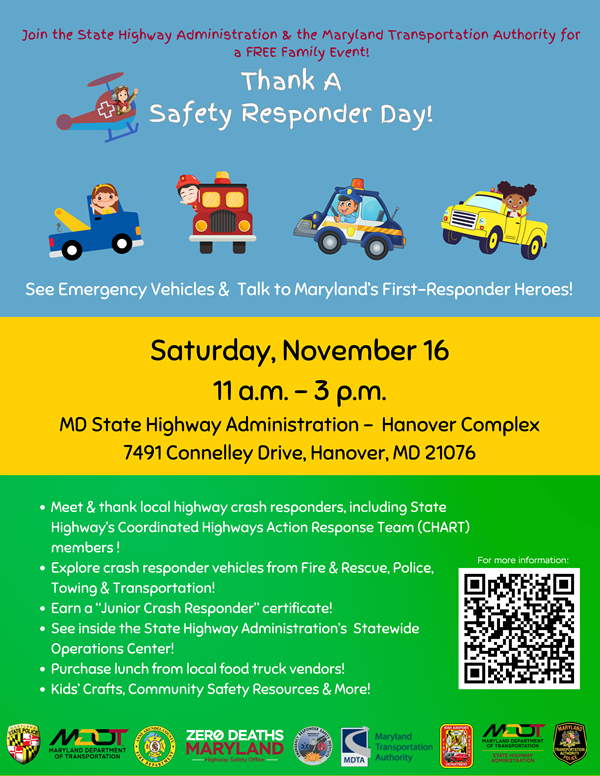
Maryland has safe driving laws to protect all roadway users. As the operator of a motor vehicle, you must follow these laws and enforce those that apply to your passengers.
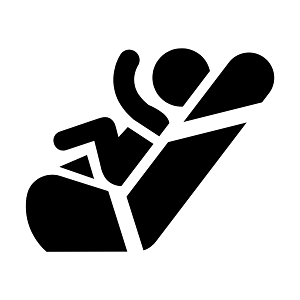
Every child under eight years old must be secured in a U.S. DOT-approved child safety seat unless the child is 4 feet, 9 inches or taller, or weighs more than 65 pounds. The Maryland Environmental Health Bureau of the Prevention and Health Promotion Administration (PHPA) recommends that babies and young toddlers ride rear-facing as long as possible. A child should ride in a rear-facing seat until reaching the maximum weight or height of the seat.
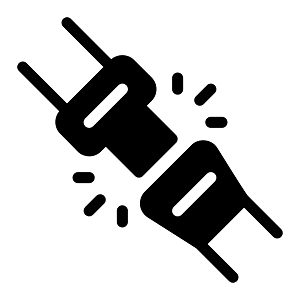
It is a law in Maryland that all drivers, front seat passengers and back seat passengers under the age of 16 must wear a seatbelt. This means that the police can pull you over if any of the aforementioned are not wearing a seatbelt in absence of any other traffic violations.
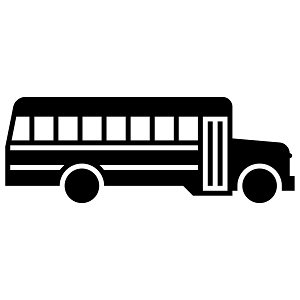
School Bus Safety
Children are vulnerable when approaching and exiting a school bus. Vehicles must stop for school buses when their red flashers are on (except when the buses are on the opposite side of a highway divided by a barrier or median strip).

Motorcycle drivers and passengers must wear U.S. DOT-approved helmets. Drivers also must wear eye protection.

Motorists must make a lane change or slow down when approaching any stopped, standing or parked vehicle displaying warning signals – including hazard warning lights, road flares or other caution signals including traffic cones, caution signs, or non-vehicular warning signs. The expanded law is in place to protect law enforcement, emergency responders and any motorist that may encounter a roadside emergency and must stop near travel lanes.

Maryland traffic law requires all drivers to turn on their vehicle’s headlights whenever they are using their vehicle’s windshield wipers for a continuous period of time in inclement weather such as rain or snow.

Maryland law strictly forbids driving while impaired by alcohol or other drugs. The alcohol limit for DUI is set at .07 blood alcohol concentration, one of the lowest in the nation. Our laws for impaired driving are strictly enforced and our penalties are severe. The minimum lawful drinking age is 21 years.

In Case of a Collision
Maryland law requires that you stop; exchange drivers licenses, vehicle registration, and insurance information; and render aid. If possible, remove your vehicle from travel lanes. Typically, police will NOT investigate an accident if no one is injured and the vehicles can be driven from the scene. In addition to following all of Maryland’s traffic laws, please utilize MDOT SHA’s many resources below to make each drive safer for yourself, your passengers and everyone you encounter on the roadway.

Plan your trip — official Maryland Highway Maps and useful tourism information are free online and at rest areas.
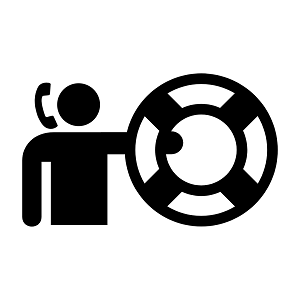
During peak travel periods, MDOT SHA has courtesy service patrols on the Baltimore Beltway (I-695), Capital Beltway (I-495), and the I-95 corridor. If your vehicle becomes disabled, remain with the vehicle until MDOT SHA, State Police, or local police arrive to assist. Do not abandon your vehicle! If your vehicle becomes disabled on the roadway, call #77 to request non-emergency assistance. Use 911 solely for emergencies.

When sharing the road with large trucks, avoid traveling in the truck's blind spots (areas beside and behind the truck). Remember that trucks weigh more and require longer distances to stop. If you need to move into the lane in front of a truck, leave enough space between your vehicle and the truck should you have to stop suddenly.

Be considerate of pedestrians and bicyclists. Roadway users who do not have the protection of a motor vehicle are usually more vulnerable in a crash with a car than vehicle occupants.

MDOT SHA construction, maintenance and service crews work hard to maintain Maryland’s roadways. Be sure to slow down and stay alert when driving by work zones. It will not only keep the crew members safe, but it will keep you and your passengers safe. Four out of five people injured in work zone crashes are motorists and their passengers.

In Maryland, an individual may not use a text messaging device to write, send or read a text message or an electronic message while operating a motor vehicle in the travel portion of the roadway. When a vehicle is in motion, an adult driver may NOT use his/her hands to use a handheld telephone, other than to start or end a call, to turn the telephone on or off, or to contact 9-1-1. Drivers under the age of 18 may not use a "wireless communication device" (a handheld or hands-free device used to access telephone service) while driving, except to contact 9-1-1.

The Maryland State Police and other state and local law-enforcement agencies are committed to curtailing aggressive driving. Enforcement focuses on drivers who exceed the speed limit, follow too closely, pass improperly, weave, fail to yield the right of way, run red lights, and disregard other traffic signals and signs.
For all other driver-related inquiries, call 410-545-0300 or 800-323-6742. This line is staffed Monday-Friday, 8 a.m.-4:30 p.m.
